

Articles
How To Store Dust Jackets
Modified: December 7, 2023
Learn how to properly store dust jackets for your articles to keep them in pristine condition. Find tips and techniques to protect and preserve your valuable book covers.
(Many of the links in this article redirect to a specific reviewed product. Your purchase of these products through affiliate links helps to generate commission for Storables.com, at no extra cost. Learn more)
Introduction
Dust jackets are an essential part of a book’s allure and protection. They not only showcase the book’s cover art but also provide valuable information about the title and author. However, dust jackets are delicate and prone to damage if not properly stored. Whether you are a book collector, a library, or simply someone who wants to keep their books in pristine condition, understanding how to store dust jackets is crucial.
In this article, we will explore the importance of dust jacket maintenance and provide you with useful tips on how to store them correctly. From selecting the right storage materials to preparing the dust jackets for storage, we will cover all the necessary steps to ensure the longevity and beauty of your dust jackets.
Key Takeaways:
- Proper storage and maintenance of dust jackets are essential for preserving their beauty and value. Select acid-free materials, prepare jackets carefully, and store them upright to ensure longevity and protect their allure.
- Handle dust jackets with care, inspect them regularly, and avoid overexposure to light and moisture. Invest in archival-quality storage materials and seek professional restoration for valuable or rare jackets to maintain their integrity and historical significance.
Read more: What Dust Kills Yellow Jackets
Understanding Dust Jackets
Dust jackets, also known as book covers or book jackets, are protective covers made from paper or cloth that wrap around the hardcover of a book. Their primary purpose is to protect the book’s cover from wear and tear, dust, and light damage. However, dust jackets are not just functional; they have become an integral part of the book’s identity and marketing.
Dust jackets feature the book’s title, author’s name, publisher, and often include a compelling synopsis or reviews. They also showcase the cover art, which is carefully designed to capture the essence of the book and attract readers. In many cases, dust jackets are considered collectible items, especially for rare and first edition books.
It’s important to note that not all books come with dust jackets, especially older publications. Dust jackets became more common in the early 20th century, and their popularity increased over time. While they are not an essential component of a book’s integrity, they play a significant role in preserving the book’s value, appearance, and historical significance.
Understanding the importance of dust jackets is crucial to appreciate the significance of proper storage and maintenance. With age and exposure to environmental factors, dust jackets can become fragile, torn, or faded. Storing them correctly can help mitigate these issues and ensure that they remain in excellent condition for years to come.
Selecting the Right Storage Materials
When it comes to storing dust jackets, selecting the right materials is essential to ensure their protection. Here are some key factors to consider when choosing storage materials:
1. Acid-Free and Archival-Quality Materials: Acidic materials can cause discoloration and deterioration of dust jackets over time. It is crucial to choose acid-free and archival-quality materials for storage. Acid-free paper, acid-free cardboard, and archival-quality clear plastic sleeves are excellent options. These materials are designed to be pH-neutral and free from harmful chemicals that can damage the dust jackets.
2. Clear Plastic Sleeves: Clear plastic sleeves provide an additional layer of protection and prevent dust, light, and moisture from reaching the dust jackets. Select sleeves that are specifically designed for book covers and are made from archival-quality materials. These sleeves should be large enough to comfortably fit the dust jacket without bending or folding.
3. Book Boxes or Slipcases: For long-term storage or extensive collections, consider using book boxes or slipcases. These protective enclosures provide a secure and organized storage solution for multiple dust jackets. Book boxes and slipcases should be made from acid-free, sturdy materials, such as acid-free cardboard or museum-grade materials.
4. UV Protection: Ultraviolet (UV) radiation can cause fading and damage to dust jackets. If your storage area is exposed to sunlight or artificial light sources, consider using UV-resistant materials or keeping the dust jackets in a dark, cool environment to minimize light exposure.
5. Avoid Plastic Bags: While it may be tempting to store dust jackets in plastic bags, this can actually cause more harm than good. Plastic bags can trap moisture, leading to mold and mildew growth. Additionally, plastic can emit harmful gases over time, which can accelerate deterioration. It’s best to choose specially designed clear plastic sleeves or enclosures for dust jacket storage.
By selecting the right storage materials, you can provide a safe and protective environment for your dust jackets, ensuring that they remain in excellent condition and retain their value and visual appeal.
Preparing Dust Jackets for Storage
Before you store your dust jackets, it’s important to prepare them properly to prevent any damage during the storage period. Here are some steps to follow when preparing your dust jackets for storage:
1. Clean the Dust Jackets: Dust jackets can accumulate dirt, dust, and other debris over time. Before storing them, gently clean the dust jackets using a soft, lint-free cloth or a soft brush. Make sure to remove any loose dirt or particles carefully. Avoid using water or cleaning solutions, as they can cause staining or damage to the dust jackets.
2. Flatten the Dust Jackets: If the dust jackets have become bent or creased, it’s essential to flatten them before storage. Place the dust jacket between two acid-free pieces of paper and gently press down with a heavy object, such as books or weights. Leave the dust jacket under pressure for a few days to allow it to flatten out naturally.
3. Remove Stickers or Price Tags: If the dust jacket has any stickers or price tags, carefully remove them. Use a mild adhesive remover or rubbing alcohol on a cotton swab to loosen the adhesive. Be cautious not to damage the dust jacket’s surface during the removal process.
4. Repair Tears or Damage: If your dust jacket has any tears or damage, it’s best to repair them before storage. Use acid-free and archival-quality adhesive or document repair tape to mend small tears or loose edges. For extensive damage, it’s recommended to consult a professional book conservator for proper restoration.
5. Document and Protect Extra Materials: Some dust jackets come with additional materials, such as bookmarks, inserts, or author signatures. Document and protect these items separately to prevent them from damaging the dust jacket. Store them in acid-free envelopes or sleeves and label them accordingly for easy identification.
Once your dust jackets are properly prepared, they are ready to be stored in a suitable environment. Take care to handle them gently and avoid excessive bending or folding, as this can cause stress on the dust jacket’s spine or edges.
When storing dust jackets, it’s best to keep them in a cool, dry place away from direct sunlight to prevent fading and damage. It’s also a good idea to store them flat to avoid creasing or warping. Consider using acid-free paper or plastic sleeves for added protection.
Storing Dust Jackets
Proper storage is crucial to maintain the condition and longevity of your dust jackets. Here are some guidelines to follow when storing your dust jackets:
1. Vertical Position: Store your dust jackets in an upright, vertical position. This helps prevent bending or warping of the jackets, especially along the spine. Avoid stacking dust jackets horizontally, as this can lead to creasing or damage over time.
2. Separate from Books: To prevent friction and potential damage, store the dust jackets separately from the books themselves. Remove the dust jacket from the book cover and store it in a protective sleeve or enclosure.
3. Bookshelves: Use sturdy bookshelves or storage units that provide adequate support for your dust jackets. Avoid overloading the shelves, as this can put unnecessary pressure on the dust jackets. Ensure that the shelves are free from moisture, direct sunlight, and extreme temperature fluctuations.
4. Acid-Free Storage Boxes: If you have a large collection of dust jackets, consider using acid-free storage boxes or slipcases. These boxes provide additional protection and help keep the dust jackets organized. Ensure that the boxes are large enough to comfortably accommodate the dust jackets without bending or folding.
5. Labeling: Label your dust jacket storage containers, sleeves, or boxes for easy identification. This will allow you to quickly locate specific dust jackets without excessive handling or searching.
6. Climate-Controlled Environment: Ideally, store your dust jackets in a climate-controlled environment with steady temperature and humidity levels. Extreme fluctuations in temperature and humidity can cause damage to the dust jackets, such as warping, mold growth, or fading. Keep the storage area cool, dry, and away from direct sunlight or heat sources.
Remember to handle your dust jackets with clean hands and avoid touching the surfaces directly. The oils and residues on our hands can transfer onto the dust jackets, leading to staining or discoloration over time. If you need to remove a dust jacket from storage, do so carefully and return it to its protective sleeve immediately after use.
Tips for Maintaining Dust Jackets
Proper maintenance is essential to preserve the condition and beauty of your dust jackets. Here are some helpful tips to keep your dust jackets in excellent shape:
1. Handle with Care: Always handle dust jackets with clean, dry hands. Avoid gripping them tightly or using excessive force, as this can cause creasing or tearing. Hold the dust jacket by the edges or use a clean cloth to support it while handling.
2. Avoid Food and Drink: It’s best to keep food, beverages, or any liquids away from your dust jackets. Accidental spills can cause irreversible damage, such as staining, warping, or mold growth. Create designated areas for reading or eating to minimize the risk of accidents.
3. Regular Inspection: Periodically inspect your dust jackets for any signs of damage, mold, or pests. Catching any issues early on can prevent them from worsening and protect other books in your collection. Address any concerns promptly and consult a professional if necessary.
4. Rotate Displayed Dust Jackets: If you have a rotating display of dust jackets, periodically switch them out to distribute exposure to light and dust. This will prevent any single dust jacket from experiencing prolonged damage.
5. Avoid Overexposure to Light: Limit the exposure of your dust jackets to direct sunlight or intense artificial light. Ultraviolet radiation can cause fading and discoloration over time. Consider using UV-filtering film on windows or blinds to protect your collection from harmful light.
6. Regular Dusting: Dust your bookshelves and storage areas regularly to prevent the build-up of dust on your dust jackets. Use a soft, lint-free cloth or a soft brush to gently remove any dust particles. Avoid using cleaning solutions or water, as they can damage the dust jackets.
7. Avoid Folding or Bending: Never fold or bend dust jackets, as this can lead to creasing, tears, or weakening of the material. Store them in a way that minimizes stress on the spine and edges.
8. Keep Pets and Children Away: Pets and young children can unintentionally cause damage to dust jackets. Keep them away from your collection to prevent accidental tearing or staining.
9. Professional Restoration: If you have valuable or rare dust jackets that require restoration, it’s best to consult a professional book conservator. They have the expertise and experience to repair and restore dust jackets while preserving their historical and monetary value.
By following these tips for maintaining dust jackets, you can ensure that your collection remains in excellent condition for future enjoyment and preservation.
Conclusion
Proper storage and maintenance of dust jackets are crucial for preserving their beauty and protecting their value. Taking the time to understand dust jackets, selecting the right storage materials, and preparing them correctly for storage will go a long way in maintaining their longevity. By following the tips provided in this article, you can ensure that your dust jackets remain in excellent condition for years to come.
Remember to handle dust jackets with care, keeping them away from food and liquids. Regularly inspect them for any signs of damage or pests, and take prompt action if needed. Rotate displayed dust jackets and minimize their exposure to direct sunlight and intense light sources to prevent fading and discoloration. Regular dusting and avoiding folding or bending will also help preserve the integrity of the dust jackets.
Investing in acid-free and archival-quality storage materials, such as clear plastic sleeves and acid-free storage boxes, will provide additional protection. Storing dust jackets in an upright, vertical position, separate from books, in a climate-controlled environment, will help maintain their shape and prevent damage.
If you have valuable or rare dust jackets that require restoration, it’s advisable to seek professional assistance to ensure proper handling and preservation.
With these practices in place, your dust jacket collection will not only retain its beauty but also its historical and monetary value. So, whether you are a book collector or simply a lover of well-preserved books, implementing the tips and guidelines in this article will help you maintain the charm and integrity of your dust jackets for generations to come.
Frequently Asked Questions about How To Store Dust Jackets
Was this page helpful?
At Storables.com, we guarantee accurate and reliable information. Our content, validated by Expert Board Contributors, is crafted following stringent Editorial Policies. We're committed to providing you with well-researched, expert-backed insights for all your informational needs.

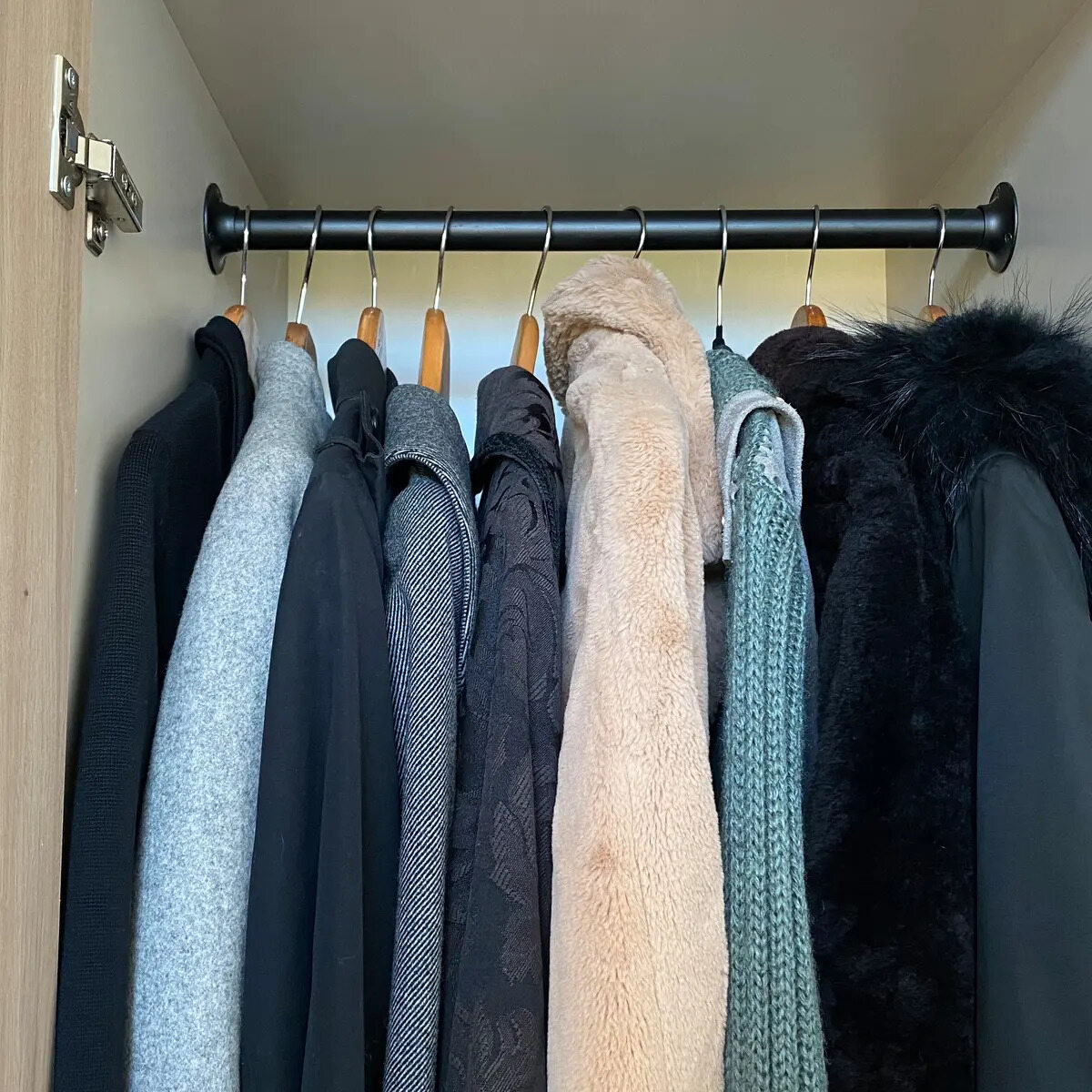
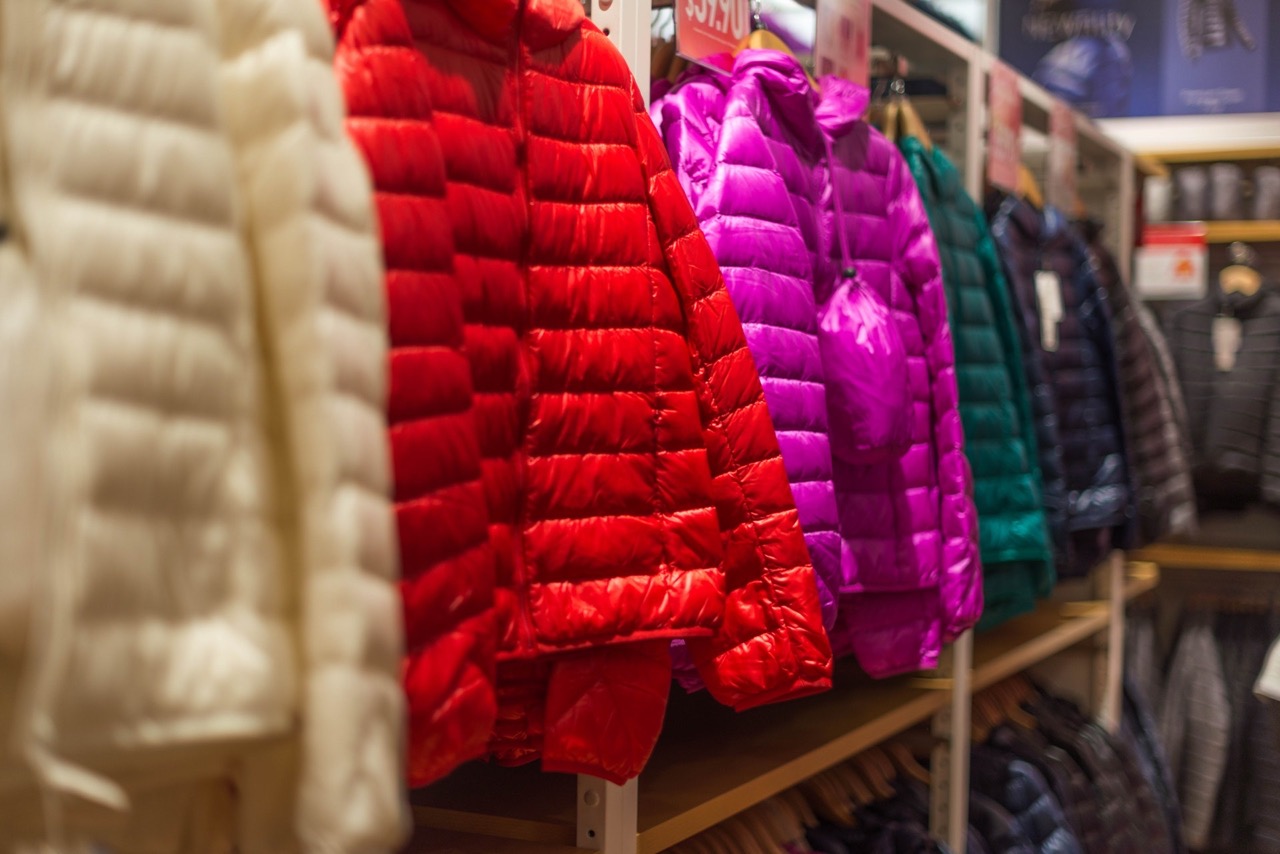
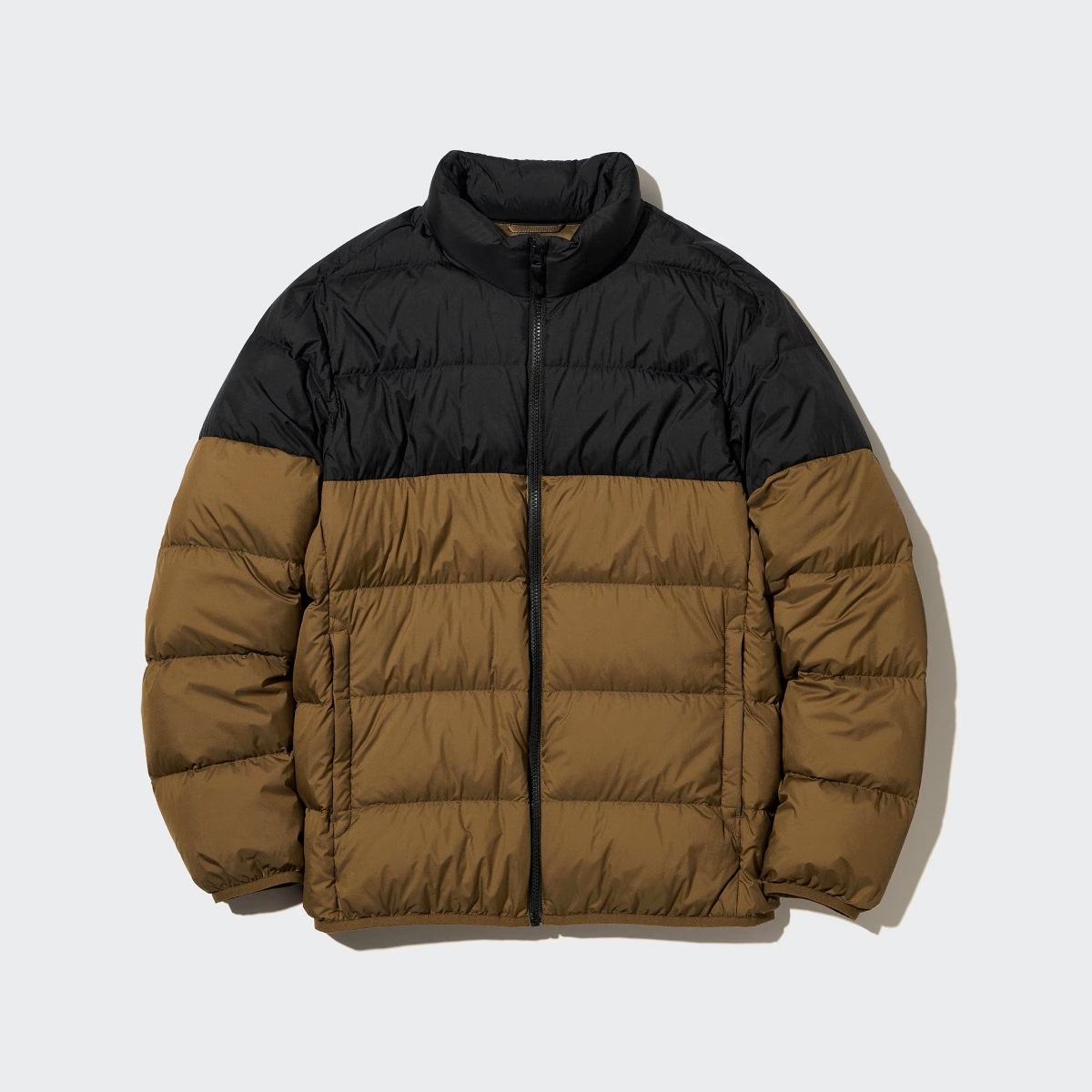
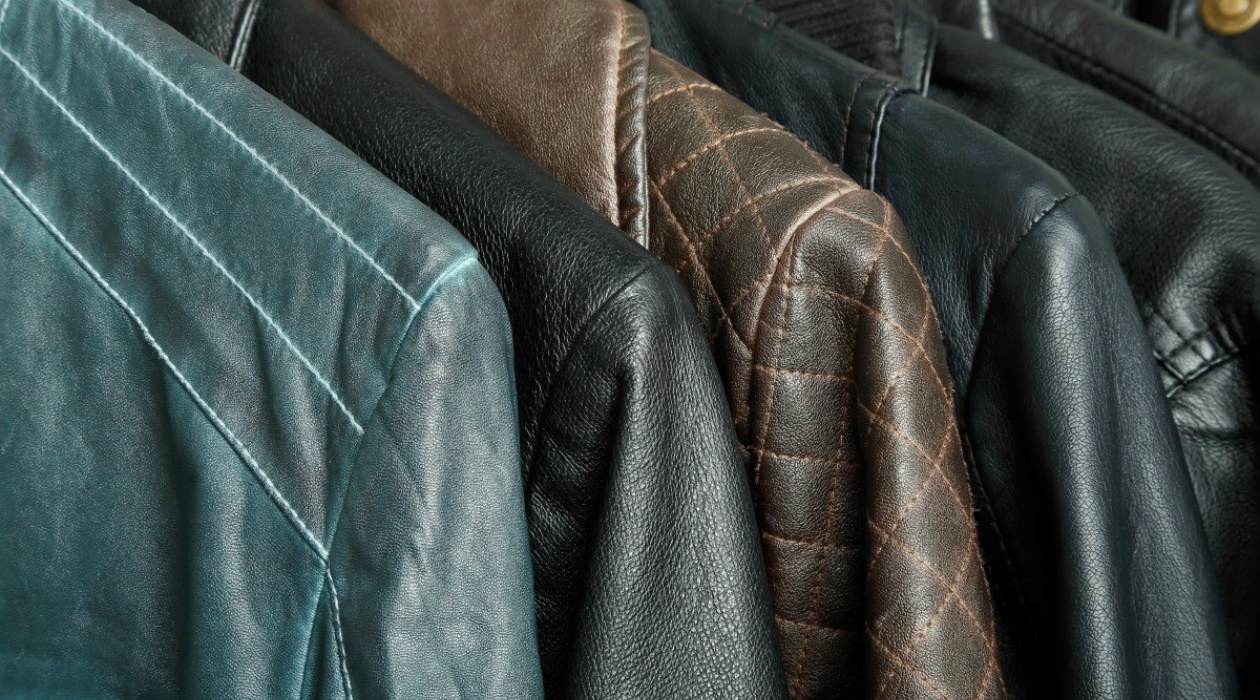



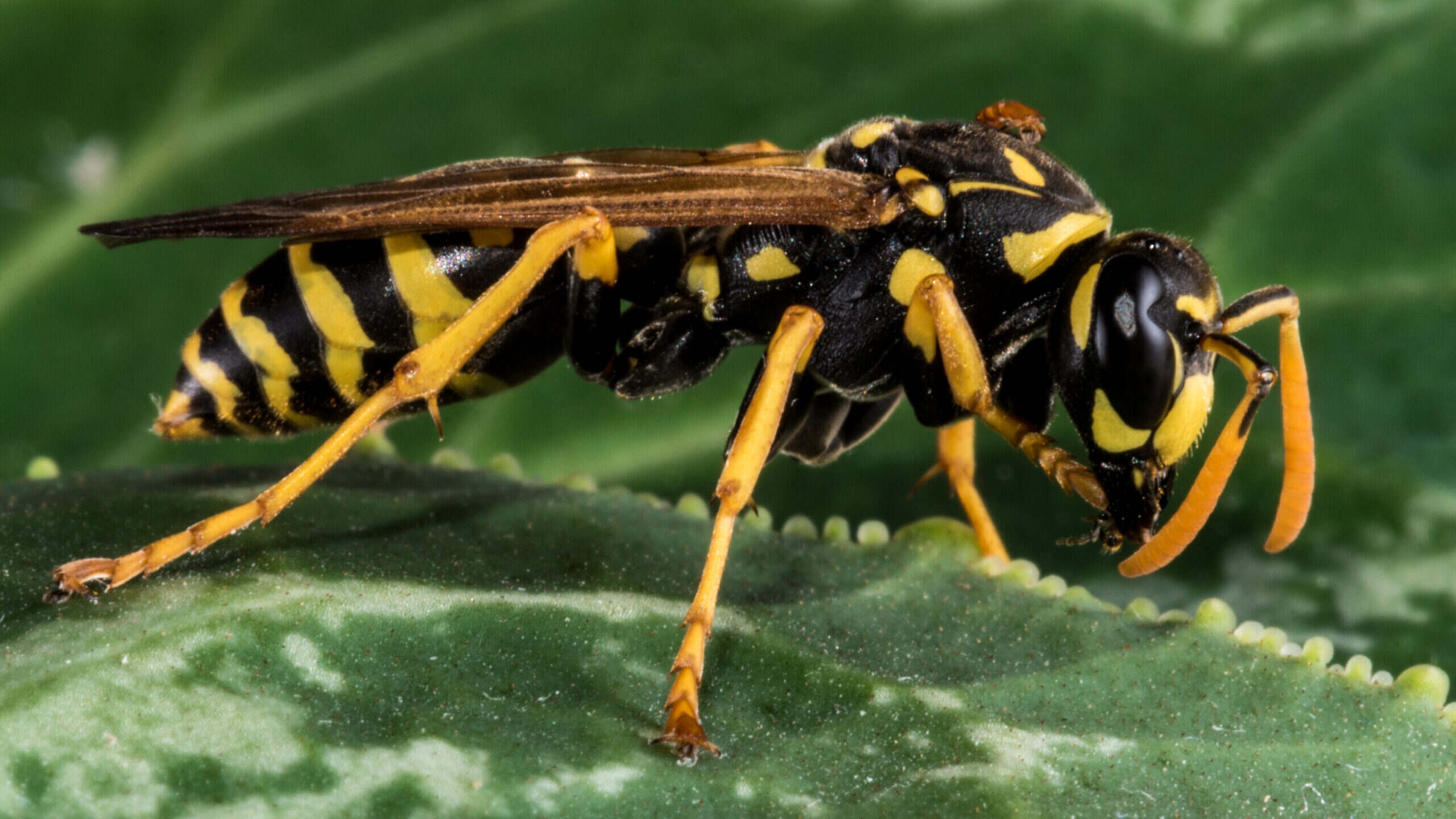
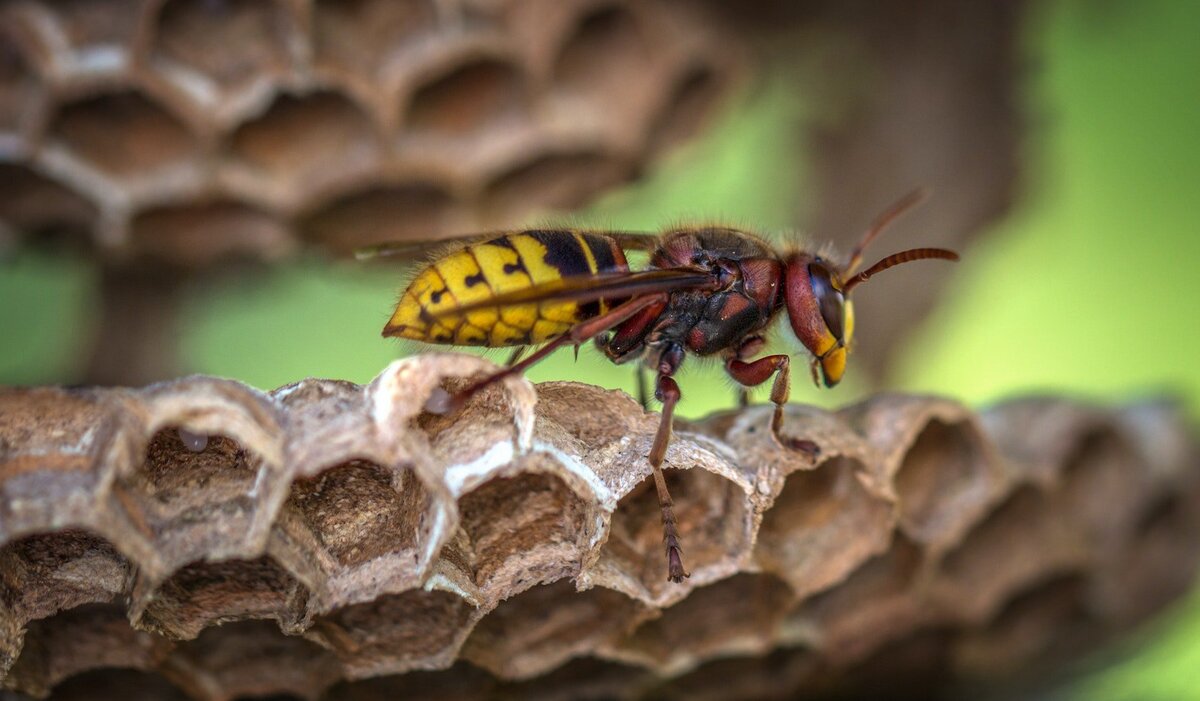

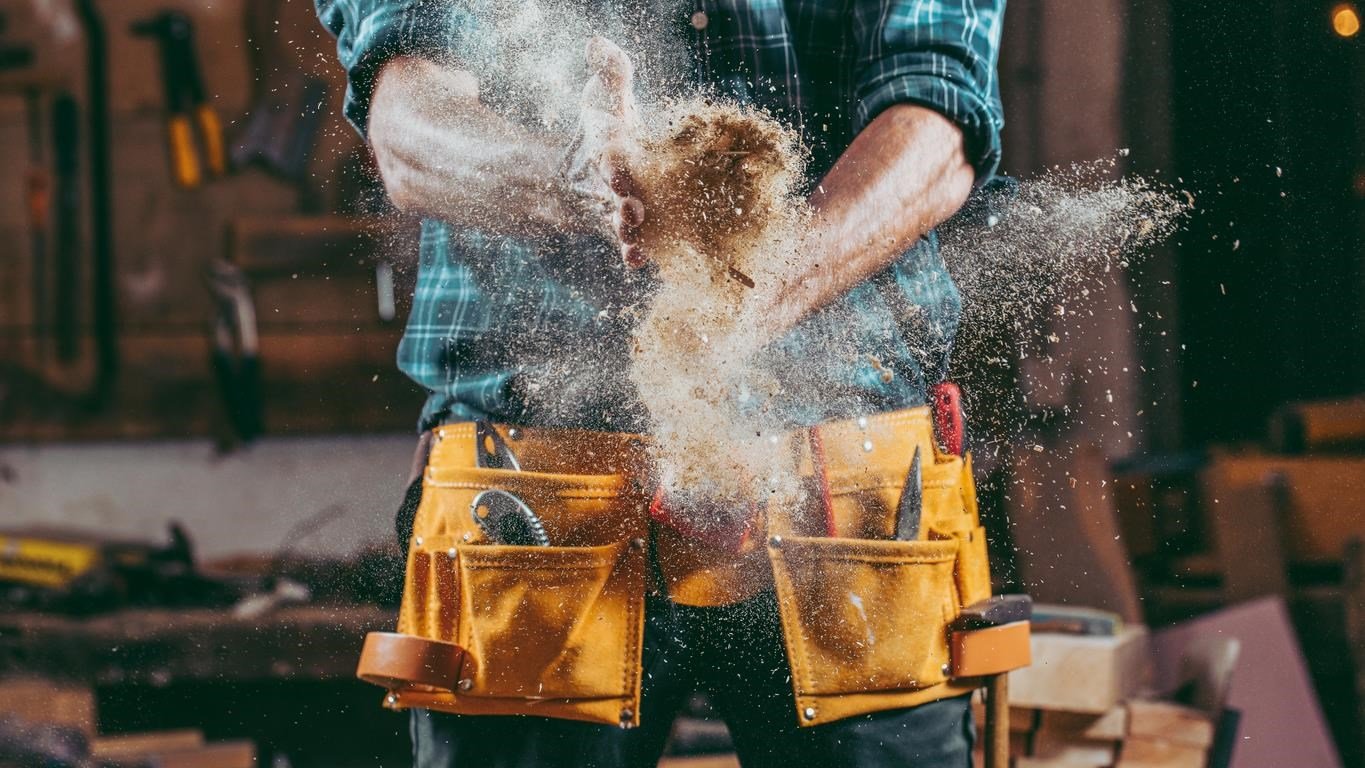
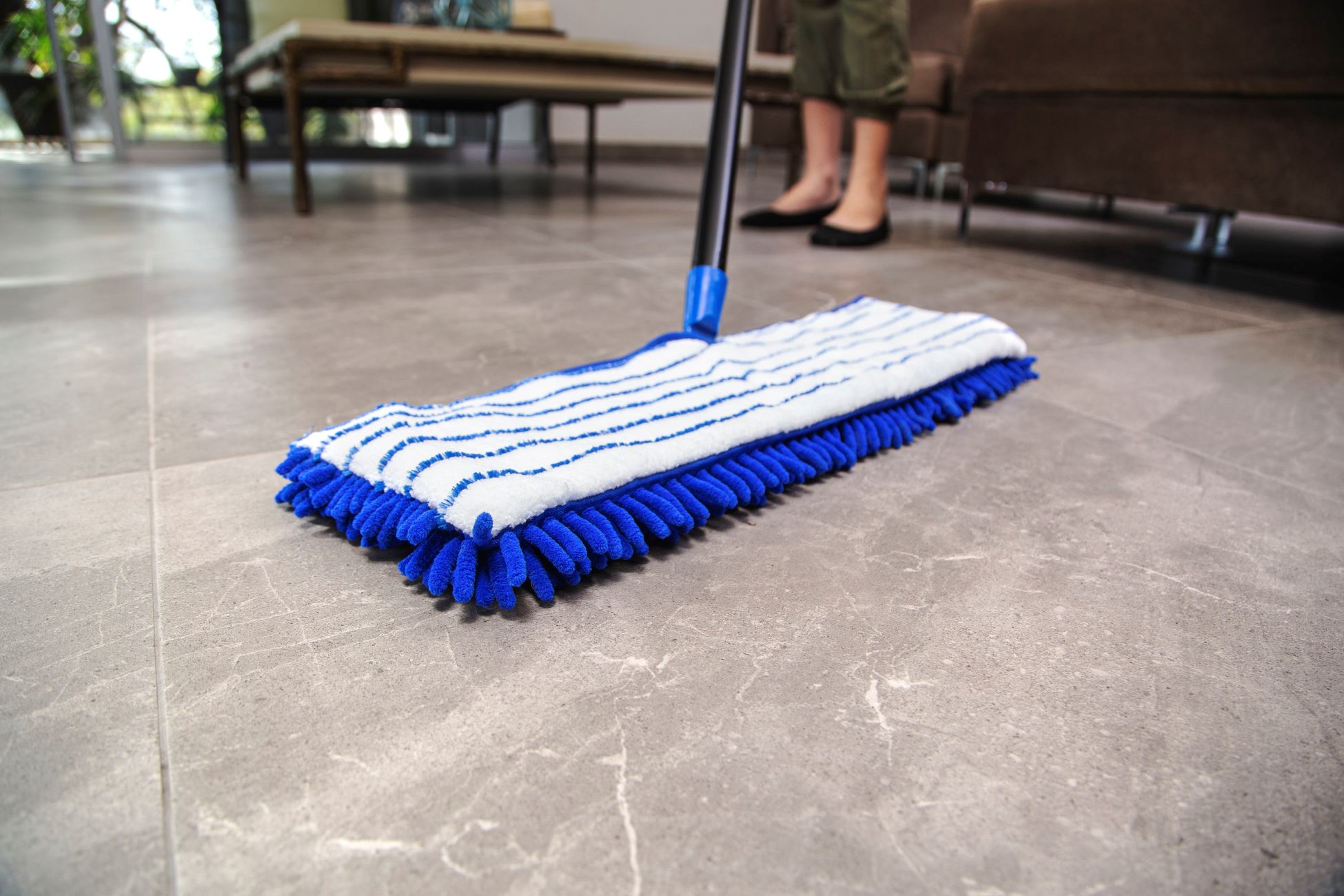


0 thoughts on “How To Store Dust Jackets”